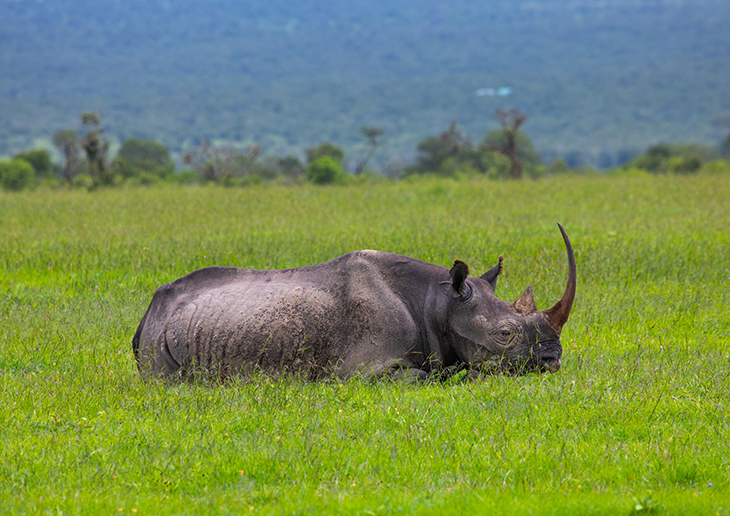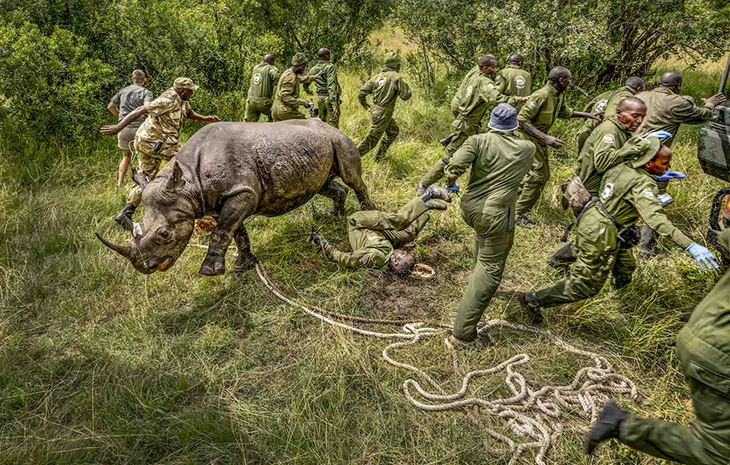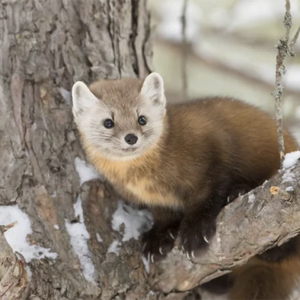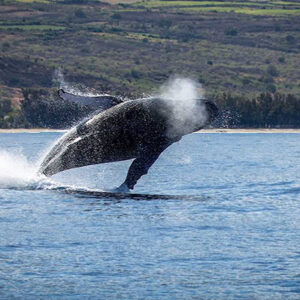
The Kenya Wildlife Service recently marked a momentous achievement as it orchestrated the seamless relocation of 21 eastern black rhinos, heralding a triumph in conservation efforts. This endeavor sought to establish a robust breeding population for a species that once teetered on the edge of extinction.
Over the course of 18 meticulously planned days, a team of proficient capture and veterinary specialists undertook the task with precision and care. Their expertise ensured the safe transfer of these majestic creatures from three distinct locations to the Loisaba Conservancy. With this relocation, the conservancy now stands as the 17th sanctuary within Kenya where these iconic animals can thrive and mingle.
This initiative not only safeguards the future of the eastern black rhino but also underscores the unwavering commitment of conservationists to preserve biodiversity and protect endangered species. Through concerted efforts and strategic interventions such as these, we continue to forge a path towards a more sustainable and harmonious coexistence with our natural world.
“It’s incredibly exciting to be part of the resettlement of rhinos to a landscape where they’ve been absent for 50 years,” said Tom Silvester, the CEO of Loisaba Conservancy.
In the 1970s, Kenya boasted a robust population of 20,000 black rhinos, a testament to the country’s rich biodiversity. However, the unchecked greed of poachers targeting their valuable horns precipitated a devastating decline in their numbers. By the time the Kenya Wildlife Service (KWS) was established in 1989 to combat this crisis, the once-thriving population had dwindled to a mere fraction, plummeting below 400 individuals.
Yet, amidst this dire situation, Kenya embarked on an extraordinary journey of conservation and rejuvenation. Through concerted efforts and strategic interventions led by organizations like the KWS, the eastern black rhino population began a remarkable resurgence. Today, the fruits of these efforts are evident, with an estimated population of 1,004 eastern black rhinos thriving within Kenyan borders.
Kenya’s significance in the realm of rhino conservation cannot be overstated. It stands as a bastion of hope for the eastern sub-species of black rhinos, safeguarding approximately 80 percent of the world’s surviving population. This remarkable feat underscores Kenya’s unwavering commitment to preserving its natural heritage and serves as an inspiration for global conservation efforts.
“Surpassing the milestone of 1,000 rhinos within four decades is a significant accomplishment,” said Munira Bashir, the Director of The Nature Conservancy in Kenya.
This month marks a significant milestone in Kenya’s rhino recovery action plan with the reintroduction of these 21 animals. This achievement was made possible through the generous support of The Nature Conservancy, San Diego Zoo Wildlife Alliance, and various other partners, alongside the cooperation of the three reserves where the rhinos originated: Nairobi National Park, Ol Pejeta Conservancy, and Lewa Conservancy.

“In the recent past, one of the main causes of mortality of rhinos has been territorial fights due to limited space in sanctuaries which has also led to suppressed growth rates due,” explained Dr. Erustus Kanga. He is the Director General of Kenya Wildlife Service. “I am elated to be associated with this momentous effort to secure more space for this cornerstone species.”
In Kenya, the success story of southern white rhinos is remarkable. Originally introduced from South Africa with just 50 individuals during the 1980s and 1990s, their population has flourished, now boasting a robust count of 971 individuals.
Moreover, Kenya’s significance in conservation efforts extends to the critically endangered northern white rhino. With only two remaining females of the species worldwide, Kenya has become pivotal in their preservation. The BioRescue project, a global initiative, has made significant strides in this endeavor. Through advanced reproductive technologies, such as in vitro fertilization, the project has produced thirty viable embryos. These embryos are poised for implantation into surrogate southern white rhino females, a closely-related subspecies, offering hope for the survival of the northern white rhino lineage. Kenya’s role in this endeavor underscores its commitment to biodiversity conservation on a global scale.
“The return of black rhinos to Loisaba, 50 years after the last known individual here was killed by poachers in the 1970s, is a demonstration of how impactful partnerships between governments and conservation NGOs can be for restoring, managing, and protecting our natural world,” said Dr. Max Graham. He is the CEO and Founder of Space for Giants, one of the project partners.
“And, of course, the return of black rhinos here gives all of us one of the most precious commodities of all: hope.”
What are your thoughts? Please comment below and share this news!
True Activist / Report a typo


